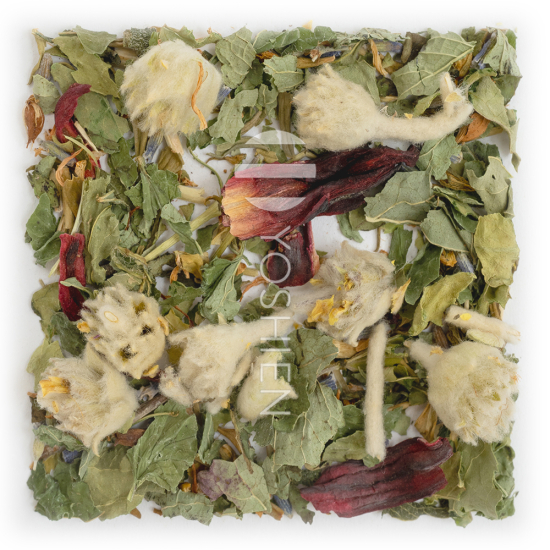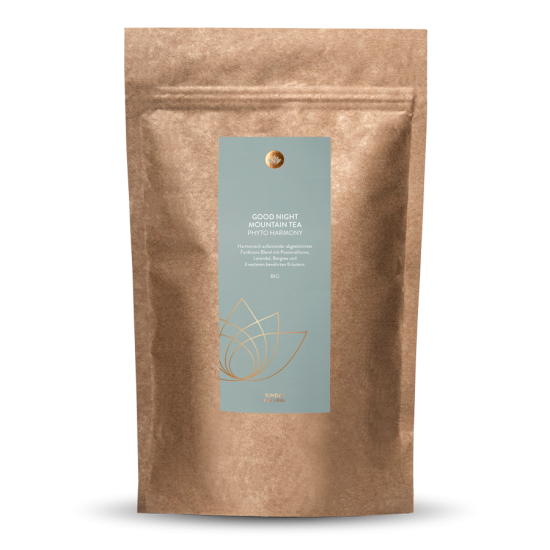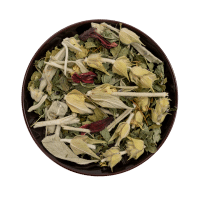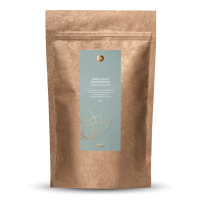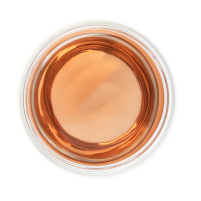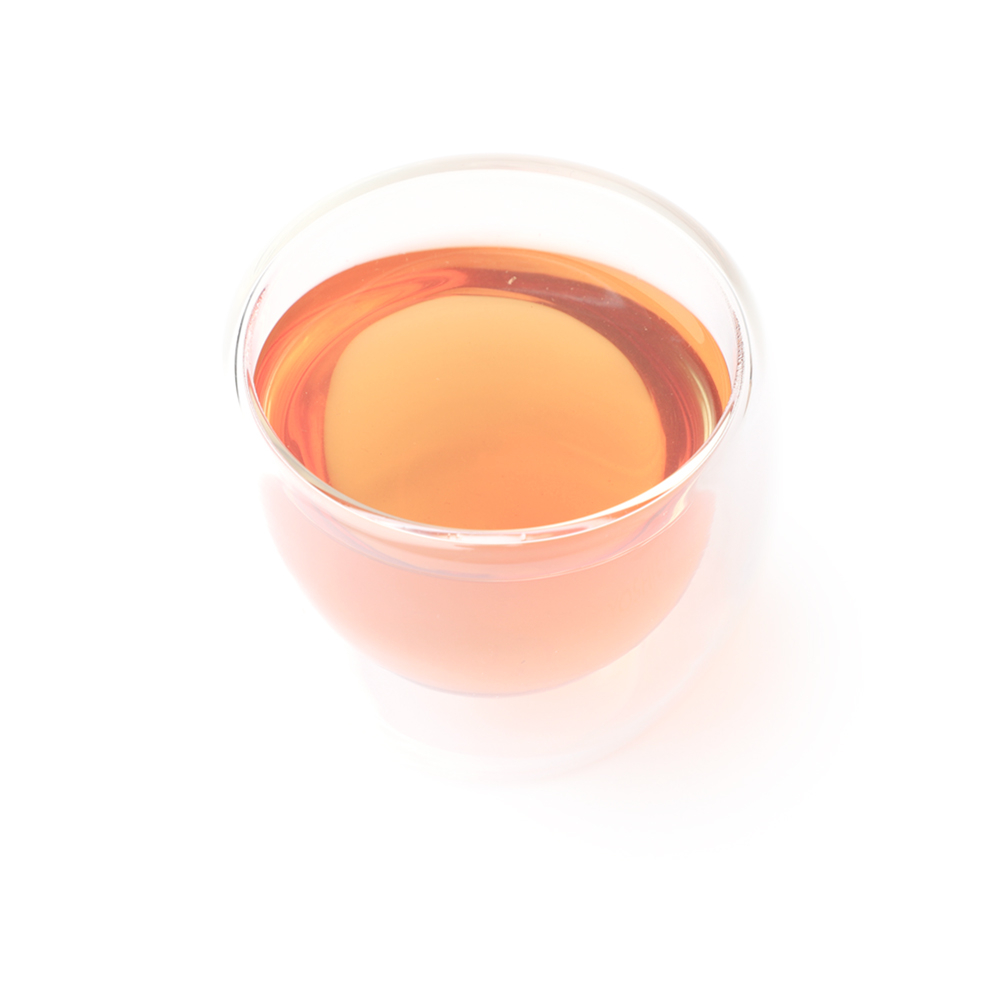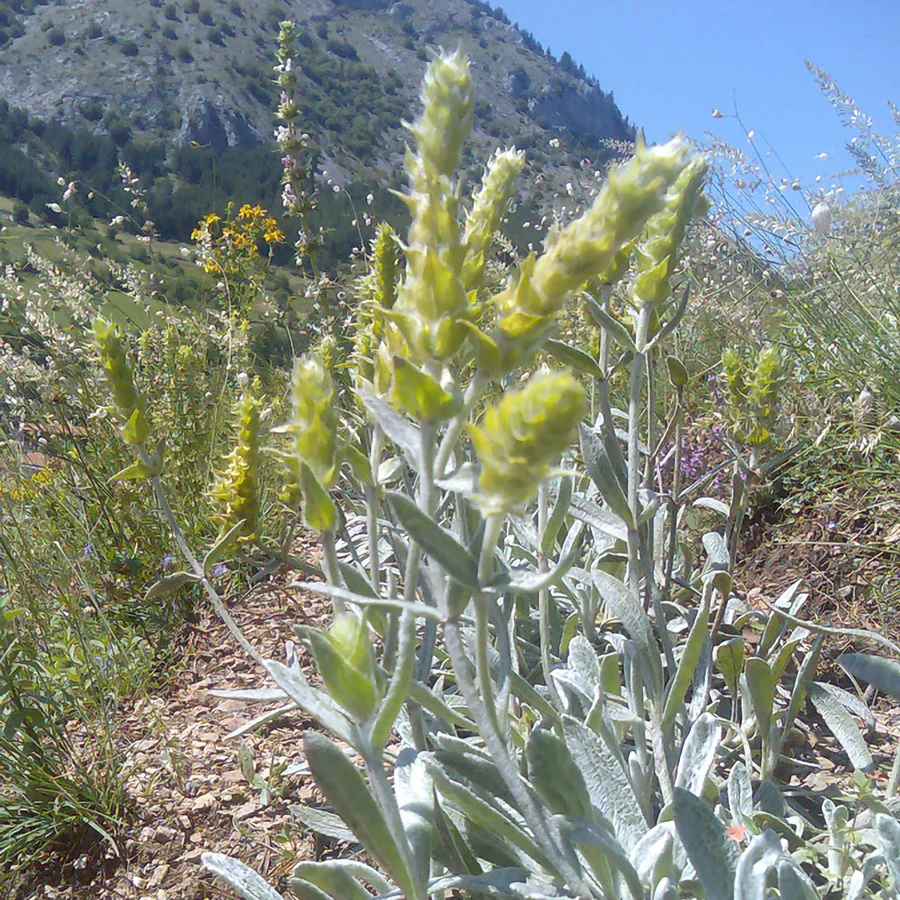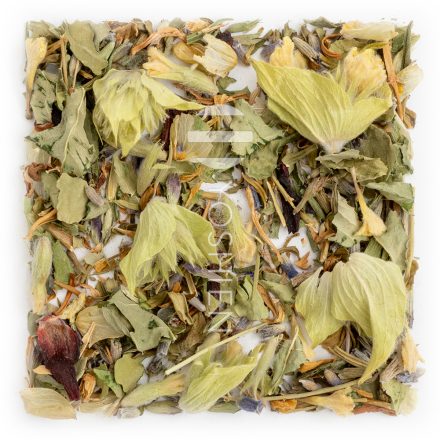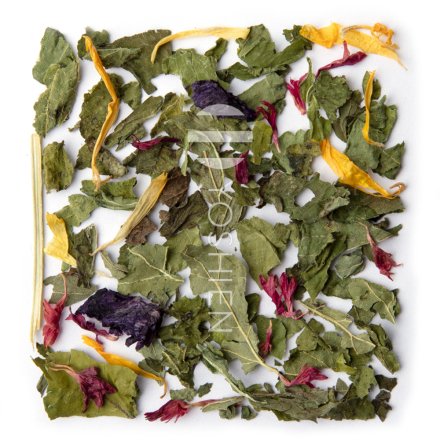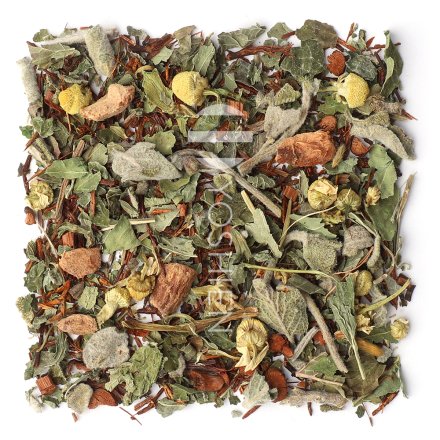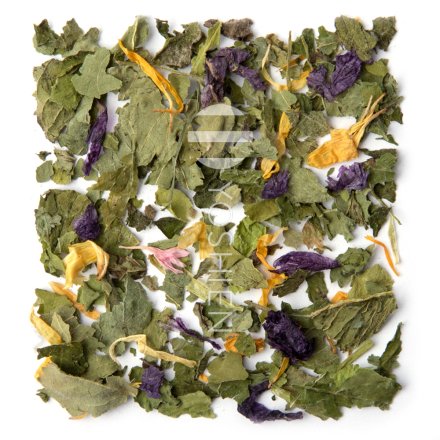ST JOHN'S WORT
This high-quality St John's wort comes from the Olympus Mountains. It is cultivated directly on Mount Olympus, the mythical seat of the ancient Greek gods. It is grown in untouched nature on wild meadows, using knowledge passed down through generations.
LEMON BALM
Lemon balm (Melissa officinalis) is originally a plant native to Southern Europe. Like many herbs from the south, it was first cultivated in monastic gardens and gradually spread across the whole of Europe. This perennial plant begins to sprout from the ground in March and can grow up to 70 cm tall by July, easily recognised by its distinctive fragrance. Due to its wide range of uses, it became a popular aromatic herb throughout Europe early on. In the Middle Ages, it was grown in every monastery garden, as it was considered especially valuable.
SIDERITIS
Authentic Greek mountain tea (Sideritis scardica), sourced from Mt. Othrys, is known for its abundance of anthocyanins. The genus name, Sideritis, is derived from the Greek word "sideros," meaning iron, which historically referred to various plants in the mint family.
PASSIONFLOWER HERB
The plant Passiflora incarnata originates from Central and South America. It was originally used by the indigenous peoples of the Americas, who used it as a medicine and food source. It has since been highly valued for its relaxing properties, as well as its exceptional beauty and versatility.
LAVENDER
Lavender (Lavandula angustifolia) is its own plant genus within the mint family (Lamiaceae). Originally native to the coastal regions of the Mediterranean, lavender was also cultivated north of the Alps by Benedictine monks and can now be found in gardens all across Europe.
HIBISCUS
Hibiscus (Hibiscus L.) is native to tropical and subtropical regions. Its cooling character has secured it a firm place in traditional herbal lore, and it has become an beloved ingredient in classic fruit teas.



